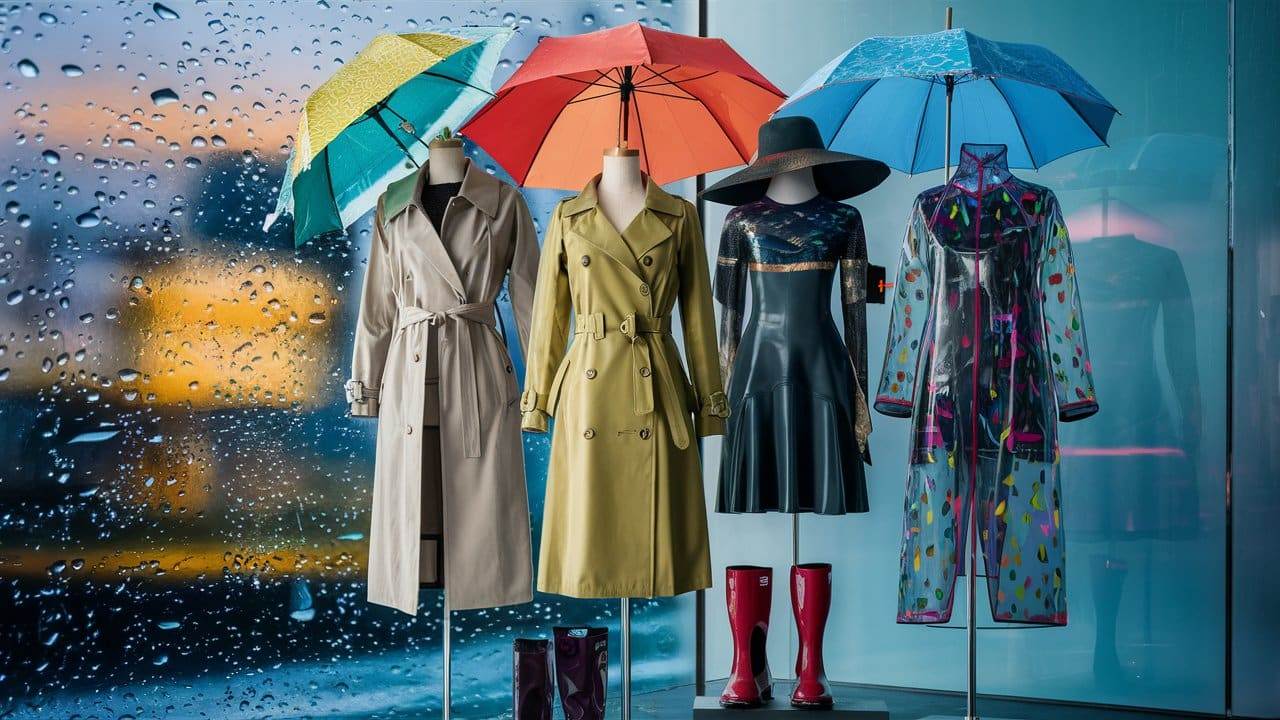India’s textile industry has undergone remarkable transformations over the centuries, evolving from its rich handloom heritage to mass manufacturing during industrialization and now embracing sustainability, even at a higher cost. This shift reflects not just changes in consumer preferences but also the broader economic and environmental priorities of the nation.
The Golden Era of Handloom

India has been globally recognized for its exquisite handwoven textiles for centuries. Handloom products such as Banarasi silk, Kanchipuram sarees, and Pashmina shawls showcased the craftsmanship and artistry of Indian weavers. These textiles were characterized by intricate designs, vibrant colors, and cultural significance, making them highly sought-after in domestic and international markets.
Handloom was more than an industry; it was a way of life, deeply rooted in India’s agrarian economy. Entire communities were involved in spinning, dyeing, and weaving, with knowledge passed down through generations. However, the advent of industrialization brought significant disruption.
The Industrial Revolution and Mass Manufacturing

The industrial revolution in the 19th century marked a turning point for the textile industry. Mechanized production enabled large-scale manufacturing, reducing costs and making textiles more affordable. The British colonial administration played a significant role in dismantling traditional Indian weaving practices by flooding the Indian market with cheaper, machine-made textiles from England.
Post-independence, India embraced industrialization to support its growing population and strengthen its economy. Mass manufacturing in textiles offered employment opportunities, reduced dependency on imports, and enabled India to become one of the largest producers of cotton garments globally. However, this shift also led to challenges such as exploitation of labor, decline in handloom weaving communities, and environmental degradation due to industrial waste.
The Rise of Sustainability

In recent years, there has been a significant shift toward sustainability in India’s textile industry. This change has been driven by growing consumer awareness, global environmental concerns, and the realization of the need to preserve traditional crafts. The modern consumer values transparency, ethical production, and eco-friendly practices, even if it comes at a premium.
Indian startups and established brands alike are now focusing on sustainable practices, such as:
- Eco-friendly materials: Using organic cotton, bamboo fiber, and recycled fabrics.
- Waste reduction: Adopting circular economy principles by recycling old garments into new products.
- Empowering artisans: Collaborating with handloom weavers and paying fair wages to revive traditional crafts.
- Green manufacturing: Investing in technologies that reduce water and energy consumption.
The government has also introduced initiatives like the National Handloom Development Programme (NHDP) and promoted schemes for organic textiles to support sustainable practices.
Challenges on the Path to Sustainability
Despite the growing interest, the shift toward sustainability faces several hurdles:
- Higher Costs: Sustainable production methods are often more expensive than conventional practices, making products less accessible to price-sensitive consumers.
- Consumer Awareness: Educating the masses about the long-term benefits of sustainable textiles remains a challenge.
- Scaling Artisanal Crafts: Integrating handloom and sustainable practices into mainstream supply chains without compromising quality or tradition.
A Vision for the Future
The transition from handloom to industrialization and now to sustainability reflects India’s ability to adapt to changing times while retaining its cultural essence. For a truly sustainable future, there needs to be a collaborative effort among policymakers, businesses, and consumers.
By blending traditional craftsmanship with modern sustainable technologies, India can lead the global textile industry into a greener, more equitable era. This journey not only supports environmental goals but also revives India’s legacy as a hub of artistry and innovation, ensuring that progress is inclusive and culturally enriching.



